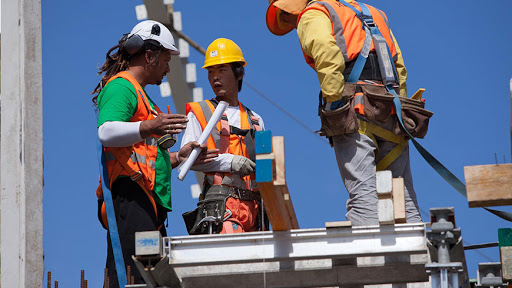New York is a city that’s seemingly always under construction. But for all that building, some richer neighborhoods haven’t added a single new home overall in the past decade — and have even lost units.
That’s because so many people combined apartments or homes into one dwelling, the total for new housing dipped below zero, according to a new analysis by the Department of City Planning.
The Upper East Side’s stagnation was particularly stark, the study shows. The area saw more than 2,000 residential units built since 2010. But because so many alterations took place there over the same period, much of the neighborhood lost housing.
Overall, the area added fewer new residential units over the past decade than 57 of the city’s 59 community districts, the report said.
The news came to no surprise to Barry Schneider, an Upper East Sider for 54 years who lives in a condominium building on First Avenue that he estimates has lost about 20 units to combination renovations since he’s lived there.
“It’s fairly common,” he said. “The apartment directly below us combined two floors. The apartment directly to the south of us, next door, they have a combined apartment.”
The department analyzed the figures using its new database of all housing construction and demolition jobs approved by the Department of Buildings in the five boroughs since Jan. 1, 2010.
The vast majority of city neighborhoods added housing. In Hudson Yards, Long Island City, the Greenpoint waterfront and Downtown Brooklyn, the net gain for housing proved high — up to 65 new units per acre.
But in other parts of town, demolitions and alterations wiped out new construction gains — including in the Upper East Side, the Upper West Side adjacent to Central Park, most of SoHo and the West Village. Those areas lost between half a unit and six units per acre over the 10-year period analyzed.
The report analyzed data through June of 2020, accounting for the early part of the COVID-19 pandemic when some New Yorkers fled the richest parts of the city — including both the highest and lowest housing-producing neighborhoods.
Luxury Sprawl
Howard Slatkin, deputy executive director for strategic planning at the Department of City Planning, believes this type of analysis is important to help New Yorkers to grasp the forces affecting the housing supply.
“People see housing demand when it spreads vertically — when buildings pop up, when you see new construction — but what they don’t see is that the demand for housing also spreads horizontally,” he said. “In the absence of those new additions, as affluent people take more space and larger residences for themselves, what you get is a reduction in total housing units.”
The report includes alterations of all kinds, from relatively simple two-apartment combinations to mega-mansion projects like Russian billionaire Roman Abromavich’s four-townhouse complex on East 75th Street.
It also includes those places where alterations actually added units, such as in Queens’ Ozone Park, where creating multiple apartments within a single-family home is common.
The report comes as conversations about how to contend with New York’s housing affordability crisis seeps into the city’s upcoming elections, with a fight over rezoning SoHo to allow for more residential housing taking center stage. Many mayoral candidates are aiming to make affordable housing a priority in their administrations.
More broadly, a cohort of City Council candidates have made bringing more affordable housing to the city’s richest neighborhoods part of their campaigns.
On the Upper West Side, Sara Lind is among them. Her housing plan calls for changing land use rules to allow more dense residential construction and create subsidized apartments for low-income families.
“We’re losing units. We need more housing, and more of it needs to be affordable,” she said. “Instead, people are doing these conversions to create what works for their family.”
This article was originally published on NYC’s Wealthy Enclaves Lost Housing in Past Decade as Combining of Apartments Outpaced New Construction






Be First to Comment